Dental burs in dentistry is a wide field where many instruments are used for various purposes. Each of the instruments plays a significant and vital role in delivering quality dental treatments and dental burs are one of those significant instruments. Dental burs are used with dental hand piece for cutting, shaving, shaping, and trimming hard tissue such as teeth and bone. In the dental market, there is a huge range of burs available, with different materials, shapes, and sizes that are used for different treatments and procedures.
A bur consists of heads and shanks. Shank is the long part of the burs that attaches to the hand pieces. They are available in different lengths.
Three main types of shanks are as follows:
- Long straight shanks: These shanks fit into slow-speed hand pieces. These are mostly used by dentists in surgical procedures.
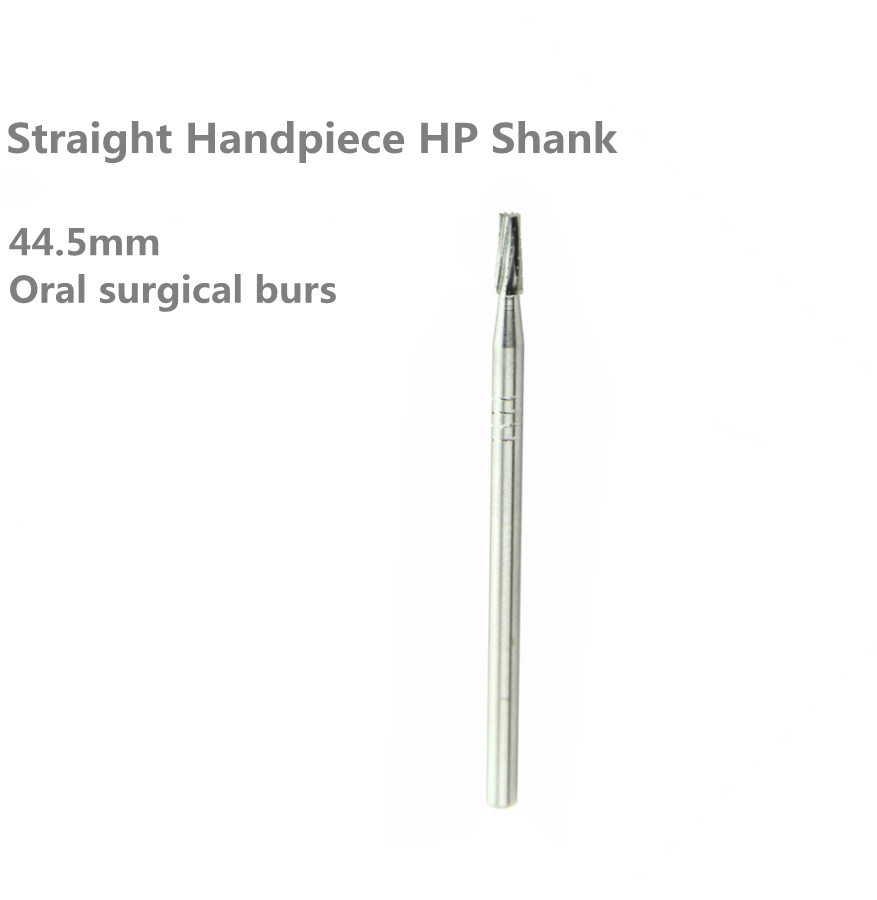
- Latch type shank (RA): These shanks fit into contra-angle and slow-speed hand pieces. Used mainly for caries removal, trimming, cement removal, etc.
- Friction grip shank (FG): These are best suitable for high-speed hand pieces. Used commonly for a crown, veneers, and related procedures.
Choosing dental burs in dentistry purpose from the various options available in the market is a great deal and it is about two things, the type of dental case and the dental clinician’s preference. Dental burs are available in different shapes, sizes, and materials. The most common types of burs are carbide burs and diamond burs which can frequently be used for the same purposes.
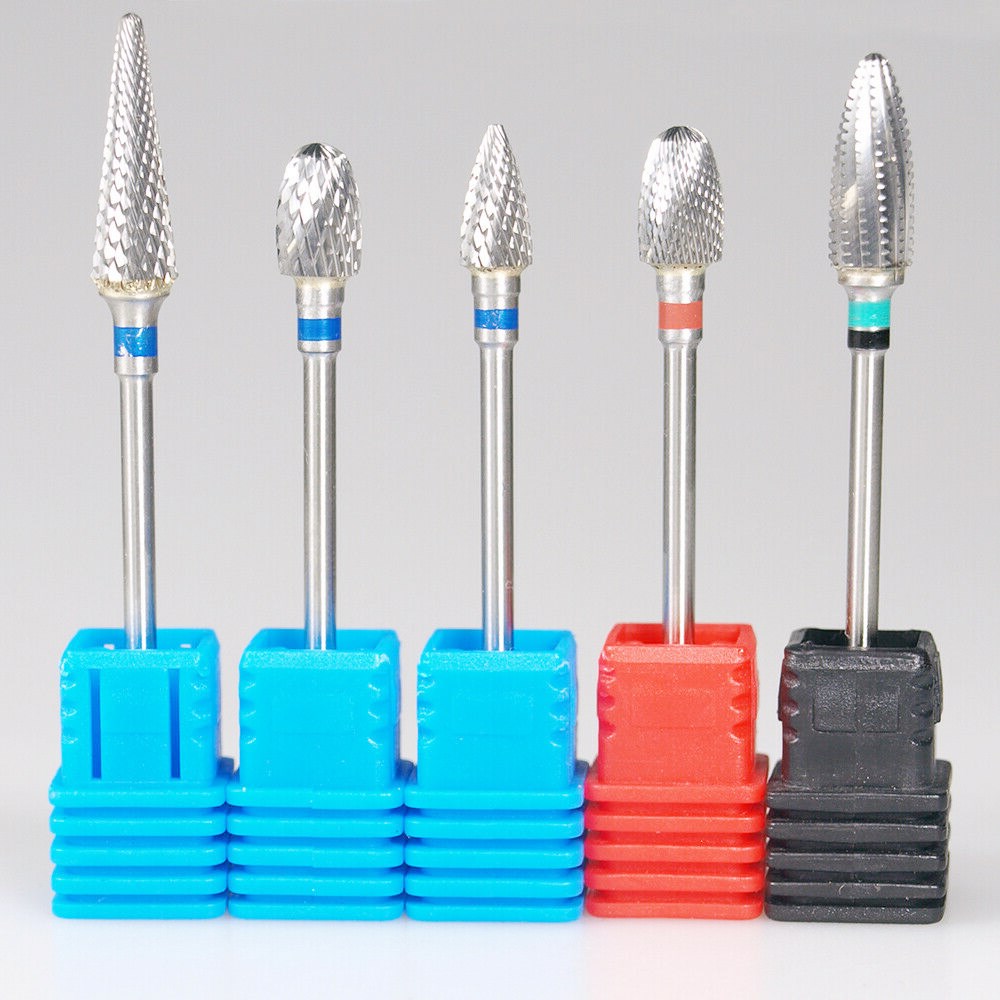
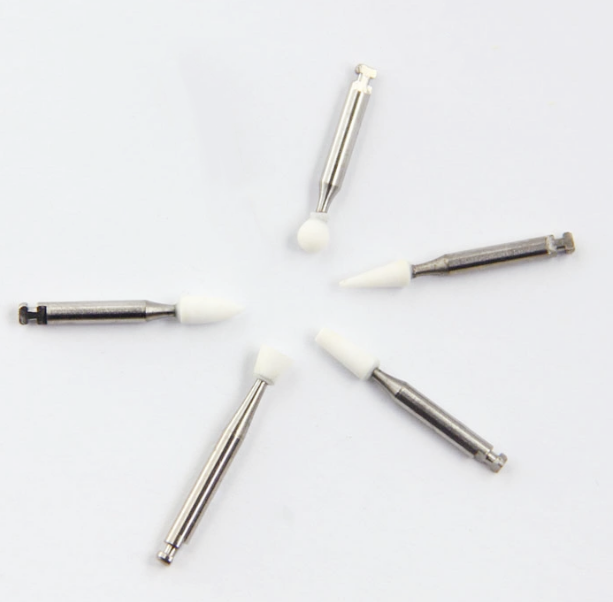
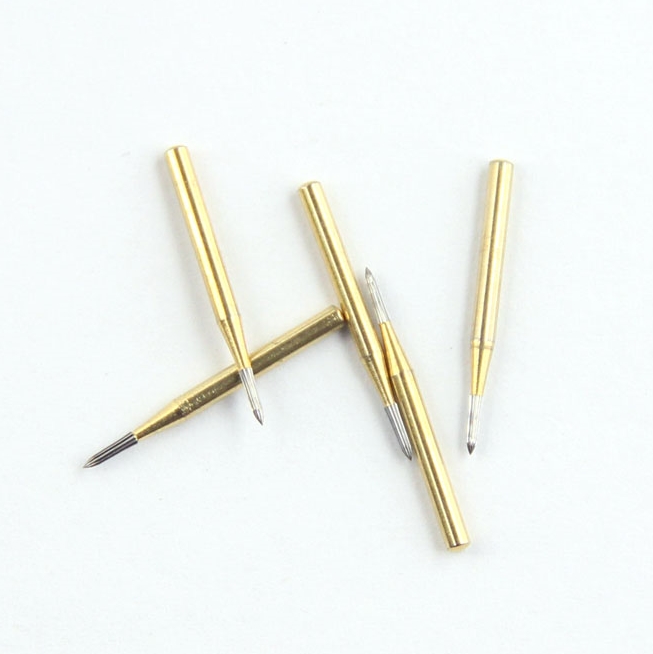
Carbide burs VS diamond burs in dentistry
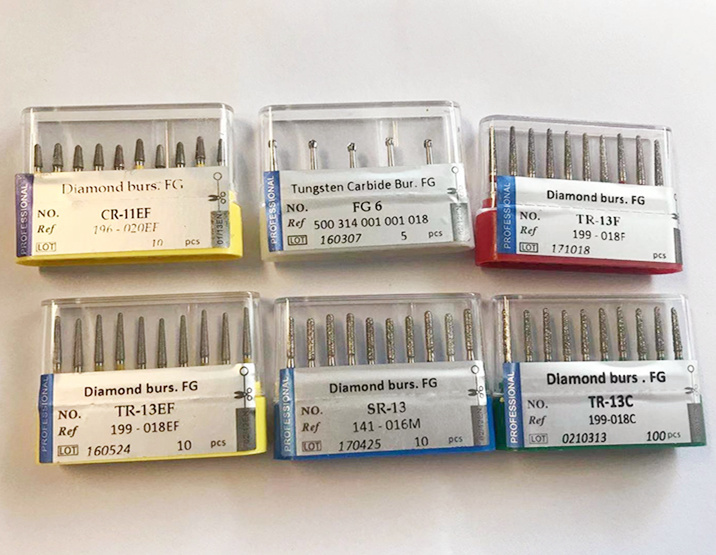
Carbide burs: Carbide burs are made up of high-quality tungsten carbide material. This metal is exceptionally hard and can tolerate high temperatures. Because of the hardness of the carbide burs, it can conserve its sharp cutting edge and can be used several times without losing its dullness. Besides, carbide burs are brittle in nature and tend to fracture under high pressure. But they best functioned at high speeds with minimum force.
Uses: Carbide burs are used generally for removing and preparing cavities, finishing cavity walls, restoration and repairing surfaces, excavating old/broken fillings, finishing crown preparations, shaving or contouring bone, helps in surgical removal of impacted teeth, and splitting crowns and bridges. Carbide burs are consist of varied shanks and heads. The type of hand piece being used differs for each bur depends on the type of its shank. Furthermore, the procedure to be implemented defines the type of cutting design and head shape that is chosen.
Diamond burs: Diamond burs are frequently used with high-speed hand pieces. These are coated with diamond powder and are available as a friction grip shank. Diamond material has hard nature and is used to grind or shave teeth enamel. After the grinding or shaving, the tooth surface becomes rough and irregular. Due to coated diamond powder, they easily get clogged with debris. Diamond burs are available in a variety of shapes, sizes, and grits, for example, from ultra-fine to super-coarse. Diamond burs can be very effective in cutting porcelain-based restorations.
Uses: Diamond burs are used while performing a variety of functions such as polishing teeth or when smooth cutting is required. Diamond burs are used when extreme precision is required in a dental procedure. Diamond burs tend to last longer than any man-made materials, so this type of dental bur is very durable.
What burs are used for a composite filling?
Several types of burs can be used for composite fillings. For composite fillings, 12-fluted carbide finishing burs or fine-grit diamond burs can be used exclusively. The burs come in a variety of shapes in each category (diamond and carbide) for shaping various aspects of occlusal anatomy. To shape wide, flat areas of the occlusal surface of posterior teeth, large or small football shapes can be highly useful. Large or small football shape burs do not excavate the treatment area. Carving grooves and secondary anatomy requires smaller, tapered flame-shaped or bullet-shaped burs. Furthermore, for removing flash interproximally at the restoration’s margins, tiny, very thin tapered burs can be used.
-
 Silicone Polishing Particles for Professional Dental Care
Silicone Polishing Particles for Professional Dental Care -
 HP XL 70mm Length Surgical Burs for Bone Cutting
HP XL 70mm Length Surgical Burs for Bone Cutting -
 Oral Surgery Burs
Oral Surgery Burs -
 Debonding Bur
Debonding Bur -
 Zirconia Polishing Kit
Zirconia Polishing Kit -
 Trephine Bur Kit
Trephine Bur Kit -
 FG Diamond Dental Bur Kit
FG Diamond Dental Bur Kit -
 FG Diamond Burs Dental
FG Diamond Burs Dental -
 Zekrya Endo Z Safe Carbide Burs Dental
Zekrya Endo Z Safe Carbide Burs Dental -
 Taper Extraction Carbide Burs
Taper Extraction Carbide Burs -
 Carbide Burs Dental Trimming And Finishing
Carbide Burs Dental Trimming And Finishing -
 Contra Angle Dental Diamond Polisher
Contra Angle Dental Diamond Polisher -
 Arkansas Stone Dental Bur
Arkansas Stone Dental Bur -
 Contra Angle Dental Composite Polishing Burs
Contra Angle Dental Composite Polishing Burs -
 Contra Angle Carbide Burs Dental
Contra Angle Carbide Burs Dental -
 FG Carbide Burs Dental
FG Carbide Burs Dental
